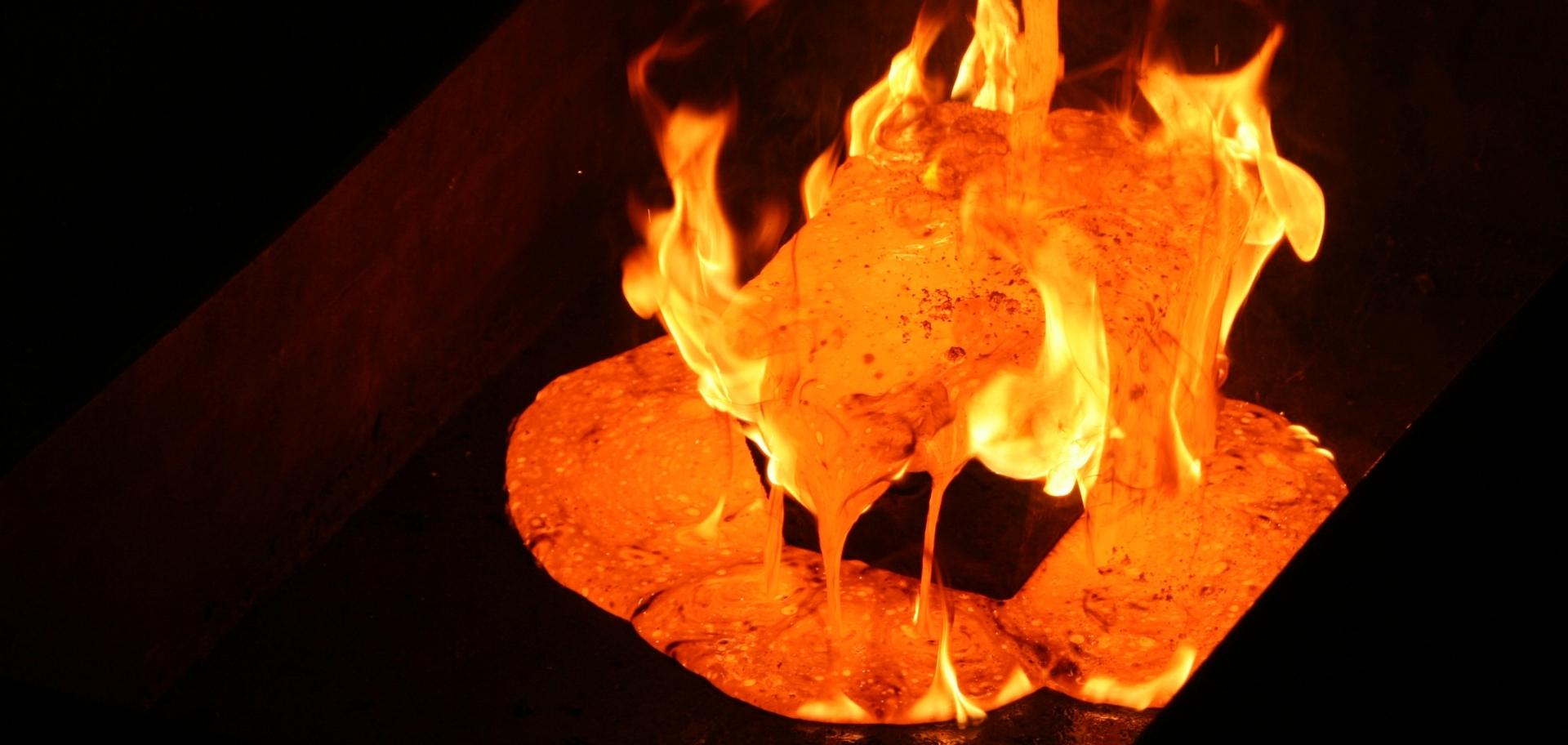When it comes to gold miners, Gold Fields has been the most impressive weed in a swamp of disappointment for me. My investment in this sector has been an epic fail, as the gold price has decided that war and inflation are no longer drivers of its price.
Nobody is quite sure what does drive the gold price now.
In dollar terms, gold is lower than it was a year ago. In rand terms, it is marginally higher. This doesn’t help when underlying mining costs are climbing sharply from inflationary pressures on wages and energy costs.
Gold Fields tanked more than 11% on Tuesday morning after the company announced a deal with Yamana Gold. It got even worse once the Americans woke up, eventually closing more than 20% down. The swamp has claimed another victim, this time self-inflicted by doing a gigantic deal to acquire a global player that is trading at a vastly higher multiple.
The first line of the announcement sounds rather exciting. The deal creates a top-4 gold player as measured globally, with operations in Canada, Australia, South America, Ghana and South Africa. The headquarters would be Johannesburg, which remains the City of Gold (and Potholes).
The deal structure is an all-share offer by Gold Fields based on an exchange ratio of 0.6 Gold Fields shares for each Yamana share, which implies a valuation of Yamana of $6.7 billion. The board of Yamana has unanimously approved the transaction and recommended to shareholders that they vote in favour of the deal, which makes me wonder whether Gold Fields has offered too much.
The reported value of net assets of Yamana is $5.25 billion and the profit after tax in the last quarter was $55.3 million. Even on an annualised basis, this is a forward Price/Earnings multiple of 30x! According to TIKR, Gold Fields is on a forward Price/Earnings multiple of 11.5x.
Can you say “earnings dilution”?
Yamana is currently listed in Toronto, New York and London, so the company moves faster between major cities than an oligarch’s yacht on a midnight escape route. The operations are in Canada, Brazil, Chile and Argentina and are focused on gold and silver production.
Gold Fields highlights the appeal of scale benefits from a larger portfolio, enhanced geographical diversification and complementary cash flow generation profiles. Both groups have healthy balance sheets and staggered capital investment cycles. The announcement also refers to an “industry-leading” growth pipeline.
Around $40 million worth of pre-tax synergies have been identified, mainly in operational integrations and financing synergies. A streamlining of overheads has also been highlighted. That’s not terrific news if your job at head office is to plug two systems into Excel and produce a pivot table.
No details are given of the triggers for the break fees. If they were to apply though, Gold Fields would have to pay $450 million or Yamana would have to pay $300 million, depending on which party is in breach.
So why has the market made its disgust clear with this deal? One reason might be the price – at a premium of 33.8% to the ten-day volume-weighted average price (VWAP) of Yamana, Gold Fields shareholders are paying up for this deal. Another might be the sheer size of the transaction and the risk that it brings, as existing Gold Fields shareholders will only own 61% of the combined group.
For this deal to go ahead, at least 75% approval is needed from Gold Fields shareholders. I’m not convinced that this is a dead rubber.





Good morning,
Just wanted to say I enjoyed reading this feature article very much, the way you combine humor with important information always astounds me.
Thank you!
Thank you! Really glad you’re enjoying my work.